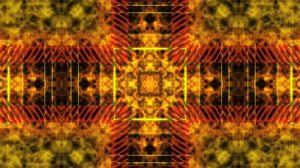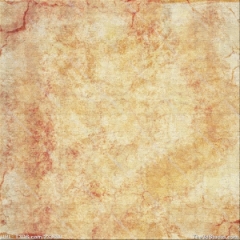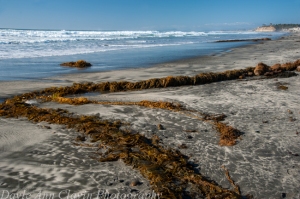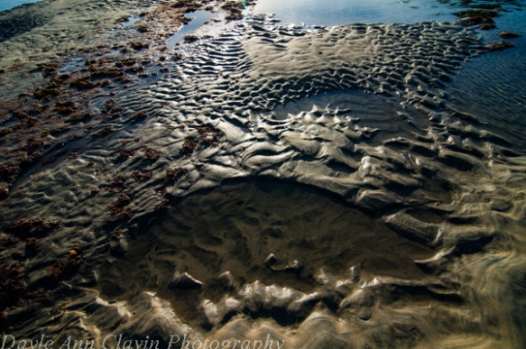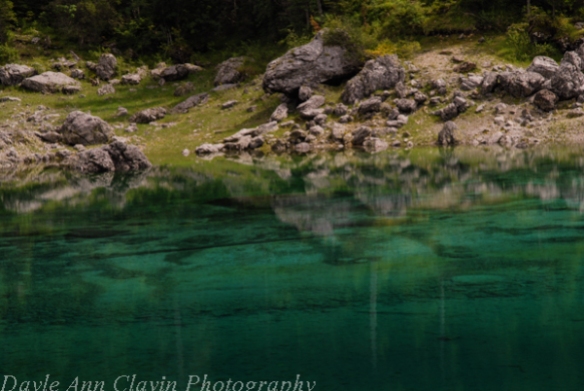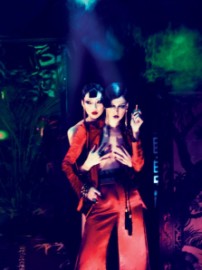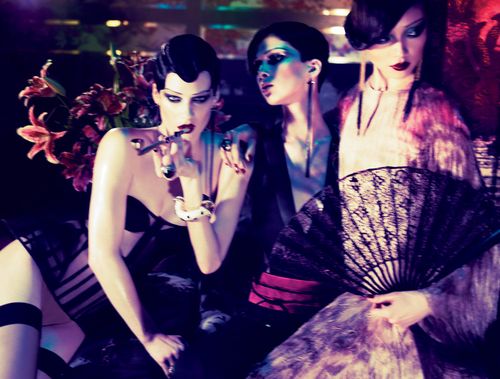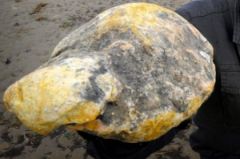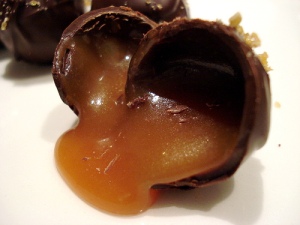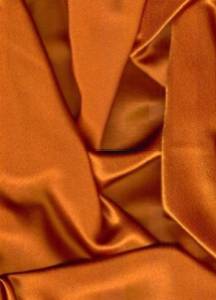Simplicity done in the richest, most concentrated way possible seems to be the signature of Profumum Roma. It is an Italian niche perfume house founded in 1996, and commonly called Profumum by most. (The name is also sometimes written as “Profvmvm,” but, making matters more complicated, the company puts it as “Pro Fvmvm” on their website, skipping the “Roma” part entirely). As regular readers will know, I’ve become utterly obsessed with Profumum’s fragrances, after trying their two great, incredibly rich ambers, Fiore d’Ambra and Ambra Aurea. I ended up falling hard for the latter with its gorgeous, rare, salty, expensive ambergris. In my opinion, it is the best, richest, and most luxurious amber fragrance around.
I think Profumum is a shamefully under-appreciated house, so I’ve become determined to go through their line and draw some attention to their fragrances. Last time, it was the turn of Acqua di Sale. Today, it’s time for Patchouly and Santalum, fragrances which focus, respectively, on patchouli and on sandalwood. One of them is absolutely lovely. The other, alas, was not, and is my first big disappointment from the line.
PATCHOULY:
Patchouli is one of my favorite notes when it is dark, chewy, and somewhat dirty. These days, however, the patchouli used in perfumery is usually the purple, fruited sort. I’m not a fan, to put it mildly, so it was with some trepidation that I approached Profumum’s soliflore. What I found was a callback to the past, an utterly glorious, hardcore, seriously dark patchouli that felt as rich as a thick, six-inch brownie infused with resins, caramel and nuttiness. A long time ago, when I was 14, my signature scent was a fragrance from the French jewellery house, Ylang Ylang. The eponymous fragrance was a visual feast of black, gold, and brown, redolent of black patchouli and incense, golden amber, and spicy brown sandalwood. For decades now, I’ve been searching for a scent to replicate that old favorite, only to fail again and again. Profumum’s Patchouly is not it, either, but the opening twenty minutes came so close, I could have cried.
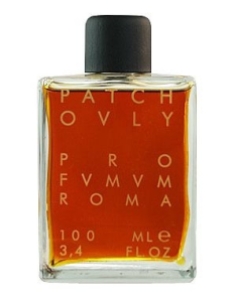 Patchouly is an eau de parfum that was released in 2004. Profumum‘s website describes the fragrance and its notes very simply:
Patchouly is an eau de parfum that was released in 2004. Profumum‘s website describes the fragrance and its notes very simply:
Remote regions of my unconscious are in turmoil.
I hardly hold the emotions that overcome me,
like memories of antique pleasures.Patchouli, Amber, Sandal, Incense.
The description from Luckyscent also references memories and antiques and, in my opinion, is generally quite on point in its characterisation of the scent:
A devastatingly rich and earthy take on patchouli that fully exploits its profound and powerful nature. Amber helps bring out its irresistible, chewy sweetness that is just this side of narcotic, sandalwood accentuates its warm heart and incense wraps it all in a veil of intrigue. This is like opening a forgotten trunk found in the attic of an old manor, and discovering a bewitching mix of memories and treasures. The scent of warm, dry wood envelops you as a honeyed swirl of memories flit about like smoke. Deep and evocative.
Patchouly opens on my skin with a blast of blackness. Dark, chewy, dirty, smoky patchouli with a bite of black incense. It’s followed by ambergris, an expensive, rare element that seems to be the signature base of so many of Profumum’s Orientals, and whose unique, special characteristics differ so widely from that of the usual “ambers” on the market. Here, the ambergris has a musky, salty, earthy, slightly mushy, and faintly sweaty aroma with a caramel undertone. It adds to the rich, resinous, chewiness of the patchouli.
The two notes create an earthy funk but, to me, it never smells of 1970s hippies and “head shops.” Actually, to be totally honest, I’ve never been quite sure what exactly the term entails. It’s often used to describe a certain kind of dark patchouli, but I’m too young or too square to know about the whole ’70s drug culture. Though I’ve been in modern, Bohemian, hippie, counter-culture shops that had patchouli, crystals, incense, tie-dye garments, and other things, this is not the same sort of smell that wafted about there. The patchouli here is dark, yes, but it’s far too infused with ambergris’ sweet and salty goldenness to be a true ’70s, dirty, skunky funk.
Though Patchouly is essentially a simple soliflore — a fragrance focusing on one primary element — there is more going on under the surface. A spicy undercurrent lurks about in those opening minutes, almost as if cloves, black pepper, and perhaps chili were added to the notes. I’ve found that Profumum’s notes are not always complete, so it’s quite possible there are spices tossed into the mix as well. Further down below in the base is a subtle touch of leatheriness, though it feels more like a subset of one of the resins than any actual leather. The whole thing adds up to a mix that is smoky, spicy, sweet, salty, earthy, and chewy, all at once.
The glorious, dark funk of the patchouli doesn’t last long. Unfortunately for me, ten minutes into the Patchouly’s development, the hardcore nature of the note is soon weakened and diffused by the increasingly prominent ambergris. It softens the beautiful chewiness of that black patchouli, infusing it with a salty, nutty, caramel, satiny richness.The smokiness of the incense recedes to the edges, as does much of the momentary spiciness of the opening. Thirty minutes in, the primary, dominant note in Patchouly is the salty, musky, caramel-sweet ambergris. The fragrance feels a lot like Profumum’s Ambra Aurea, only mixed with patchouli and a hint of incense.
As time passes, the ambergris takes over completely. It’s a disappointment, but perhaps understandable. Patchouli doesn’t have the best reputation as a note, given that whole “head shop” thing of the past. Consequently, keeping it within the warm embrace of an amber cocoon prevents it from being too overwhelming for people, the majority of whom do not like a dark, dirty version of the note. Still, I personally would have preferred that both the patchouli and the incense not weaken quite so fast. I’m sure everyone else, however, will be thrilled by that.
At the 1.25 hour mark, Patchouly turns, soft, gauzy, and blurry around the edges. It is still extremely potent up close, but the fragrance is more diffused in weight and feel. It floats about like a golden-black veil about 3-4 inches above the skin, wafting a chewy, musky, caramel amber with streaks of patchouli. It’s still dense and earthy, but not quite in the same way or for the same reasons. And it’s far too golden, sweet and nutty to feel truly dark. By the start of the fourth hour, Patchouly is primarily an amber and musk fragrance, only lightly tinged with its eponymous note. The fragrance smells like sweet, warmed flesh that is a tiny bit musky from time in the sun or from exertion. Patchouly has essentially melted to create a “my skin but better” bouquet of musk atop a base of rich, satiny, caramel ambergris. It remains that way until the very end, almost 11.75 hours from the perfume’s start.
I think Patchouly is a beautiful fragrance, especially for those who are leery of true, hardcore patchouli scents and who prefer something softer or tamer. It is an incredibly rich, luxurious, long-lasting fragrance that I think is extremely sexy. However, the extremely close similarities to Ambra Aurea may make Patchouly feel a little redundant for anyone who owns the other Profumum fragrance. I happen to have a large decant of Ambra Aurea, and that is the only thing stopping me from yearning for an immediate bottle of Patchouly.
There aren’t a ton of blog reviews for Patchouly out there. Perfume-Smellin’ Things has a short paragraph on the scent which Marina also liked a lot:
An expansive, full-bodied patchouli scent with generous helpings of sweet amber, velvety sandalwood and a dry, dark incense note that, from the middle stage on, seems to overwhelm the aforementioned amber and wood and to rule the blend alongside patchouli. I liked this one a lot. I am not sure I will be buying a bottle, I am not that big a fan of patchouli and will never be able to finish a 100ml jug…I must also add that it layers wonderfully well with Fiori d’Ambra and Acqua e Zucchero, adding to them the depth and the va va voom that both are missing.
People seem to detect different notes underlying that patchouli. On Fragrantica, the note had a chocolate nuance on some people’s skin. Others talk about the ambergris, or note some vanilla in the base. For one blogger, Nathan Branch, the fragrance had a medicinal opening, though he thought the Profumum scent was the best of a number of patchouli fragrances that he tested:
Profumum Patchouly: leaps out of the gate as a no-nonsense, take no prisoners medicinal patchouli. Your average sweet and floral perfume lover will be startled by the high-pitched mint & mothball breath of Profumum Patchouly and flee to seek comfort and solace elsewhere. True patchouli aficionados, however, will be thrilled. Includes amber, sandalwood and incense ingredients (the incense is especially nice), but these are added sparingly and only show up much later in the game. […] In summation: Profumum Patchouly is the most genuinely patchouli-ish of the bunch, graced with a nice incense afterburn
If you’re tempted by the fragrance, but have lingering trauma from the ’70s, perhaps this Fragrantica review from “MsLeslie” will reassure you:
Ever since 1967, when I was a run-away teenager in the Haight Ashbury trying [and failing] to be a flower child, I have loathed the nasty, oily, musty smell of patchouly exuding from the bodies around me. And I have avidly avoided patchouly ever since.
Or at least I did until I received this amazingly gorgeous Patchouly from Profumum Roma in a grab-bag of samples from the Perfumed Court a few months ago.
THIS patchouly is irresistable! It is rich, deep, intense, complex, with a strong redeeming sweetness that balances out the musty quality.
This is a beautiful scent!
It really is! Absolutely lovely, and a must-sniff for anyone who loves real patchouli.
SANTALUM:
 Sandalwood is one of my favorite notes, so I was incredibly excited to try Profumum’s eau de parfum tribute called Santalum. Released in 2003, Profumum describes the scent as follows:
Sandalwood is one of my favorite notes, so I was incredibly excited to try Profumum’s eau de parfum tribute called Santalum. Released in 2003, Profumum describes the scent as follows:
Scented votive fumes rise to the sky.
Flower garlands, statues and columns everywhere.
Carpets and drapes have been prepared.
The warm and humid air diffuses
the scent of the sacred forest.
The ceremony has started…Sandalwood absolute, Myrrh, Spices
Santalum was a disappointment from the start. Those of you who are regular readers have christened me a “sandalwood snob,” and while it is absolutely true, it is not the reason for my enormous irritation with the scent. Well, not the main one, at least. The problem, for me, is that Santalum is a synthetic, ISO E Super hot mess. The fragrance opens on my skin with a medicinal, oud-like undertone, followed by incense, hints of powdery sweetness, and spices. The wood is rich and creamy, sweet and smoky. It’s lightly dusted by cinnamon and a hint of cloves. Within minutes, the powdery element overtakes the oud-like overtone, but also weakens some of the fragrance’s smokiness. There is a strong resemblance to Crabtree & Evelyn‘s now discontinued, vintage, 1973 fragrance, Sandalwood.
Then, the ISO E Super kicks in. At first, the synthetic only faintly resembles ISO E Super, and is merely a dry, woody aroma. In exactly 9 minutes, however, the note shows its true colours, and starts to make my head throb. Something else lurks in the base, too, a synthetic approximation of sandalwood that isn’t even that terrible, ersatz, fake Australian version that so many fragrances have come to rely upon these days. Santalum turns more powdery, though it is still creamy, lightly smoked, and faintly imbued with a quiet spiciness. At the end of the first hour, the fragrance is a vague approximation of “sandalwood” with large amounts of synthetics and ISO E Super, light dashes of cinnamon, hints of incense, and powderiness — all atop a slightly ambered base.
Santalum remains that way until its very end. The levels of cinnamon, powder, and incense fluctuate, weakening over time, but the strongly synthetic undertones are a constant. The only real change to the fragrance is in its feel. It takes less than 90 minutes for Santalum to turn sheer, airy, and very light in weight. It’s a surprise for a Profumum scent, given their usual richness, concentrated, dense feel. Still, to be fair, there are occasions when the fragrance wafts by in the air around you, and it is quite pretty, but it’s something that is much better smelled from a distance. By the end of the fourth hour, however, Santalum is a faded, blurry, abstract haze of creamy woods with a light undertone of synthetics, powder and cinnamon atop an ambered base. It only vaguely smells like “sandalwood,” and I’m talking about the ersatz kind, not even the real Mysore one. All in all, the fragrance lasted just over 8.75 hours, with generally soft sillage throughout.
By all accounts, Santalum has been reformulated from a dark, rich, woody, myrrh fragrance into something that is significantly lighter and more powdery. I have no idea if the fragrance was always such a synthetic bomb, but I do know that I’m not the only one who was disappointed with the existing version. On Fragrantica, the most recent review is from 2012 and states:
This is not the best use of sandalwood in perfume. I got a lot of camphor-like notes (oud?) in the opening and what I suspect is Austalian sandalwood, much different and greener than the wonderful Indian sandalwood,that is beautifully woody and resinous. then comes plastic, along with some powder. this smells similar to Crabtree and Evelyn’s sandalwood gift set, so if you like powder with your sandalwood, you may like this. Longevity was about 3 hours.
Other reviews from 2012 also reference the powderiness of Santalum, along with yet another comment about a “medicinal” nuance to the scent. As a whole, the comments reflect either qualified, hesitant “liking,” or actual disappointment. Older reviews, in contrast, are much more positive and talk extensively about the fragrance’s myrrh, incense, and amber. On Luckyscent, one commentator wrote:
I bought Santalum about a year ago and really enjoy the richness and warmth of its scent. I bought another bottle this year and was disappointed in the re-engineering done to the product. It’s dark ambery appearance has been replaced with a slightly off-color yellow. The product’s scent is lighter now and much of the richness of its former rendition is no longer present to my nose.
Clearly, something has changed — and not for the better. One doesn’t have to be a sandalwood snob to find the fragrance disappointing, but, even if you like powdery “sandalwood,” I think there are probably better versions out there for the price. In my opinion, the current version of Santalum isn’t worth it.


